Advancing Early STEM Learning Opportunities Through Tinkering
Note: Image to be placed
Beginning in 2013, Chicago Children’s Museum partnered with Loyola University’s Department of Education to launch the Advancing Early STEM Learning Opportunities through Tinkering and Reflection study (Get the acronym). CCM serves as a learning lab for future teachers to observe child development in action, understand the impact of intentional environments on learning, and more.
The study takes place in our Tinkering Lab exhibit: Make It Roll, which included tools (e.g., hole punchers, scissors, tape, and glue) and materials (e.g., straws, sticks, CDs, spools, bottle caps, cardboard, wood dowels, skewers, paper food trays, and other recyclables) that could be used to make something that rolls.
With written informed consent from parents and children’s assent, the research team audio and video recorded individual families as they take on the tinkering challenge. Families were encouraged to interact as they normally would and could stay in the exhibit for as long as they wanted.
Using a design-based research approach, the research team studied ways of enhancing engineering learning opportunities for children in an informal educational setting. Taken together, the results suggest exhibit design and facilitation strategies that can promote children’s engagement with authentic practices of engineering during tinkering, specifically, testing and redesigning. The work also illustrates how design-based research methods can help CCM and other informal educational spaces understand and support learning in real-world contexts.
The results demonstrate that children can participate in the engineering design process during tinkering by creating, testing, and re-designing. The study also involved an effort to connect hands-on engagement during tinkering with an assessment of what children might have learned from their experiences. Loyola found that, particularly in the second and third cycles of their design-based research, the more children engaged in testing and retesting during tinkering, the more their narratives contained engineering-related content.
To learn more about our research work with Loyola University’s Department of Education, please click the link below.


